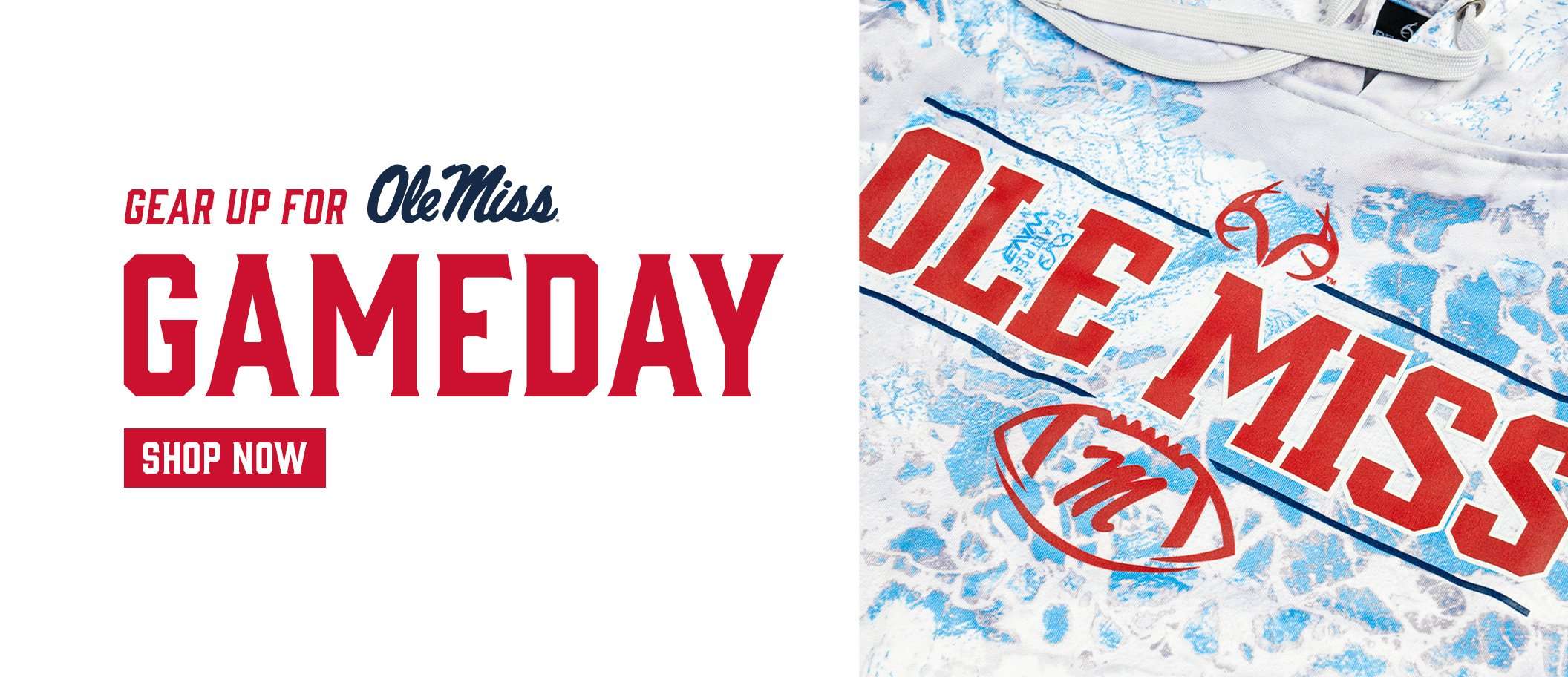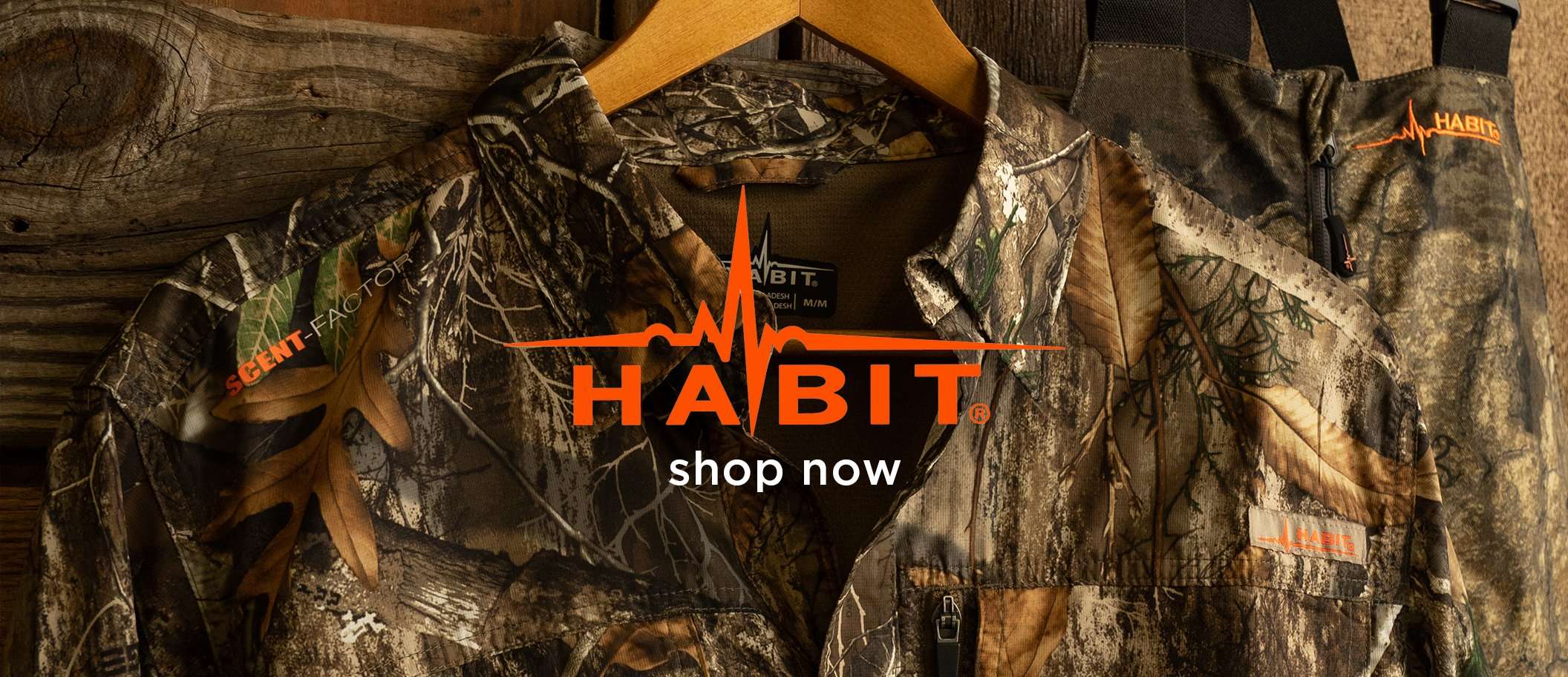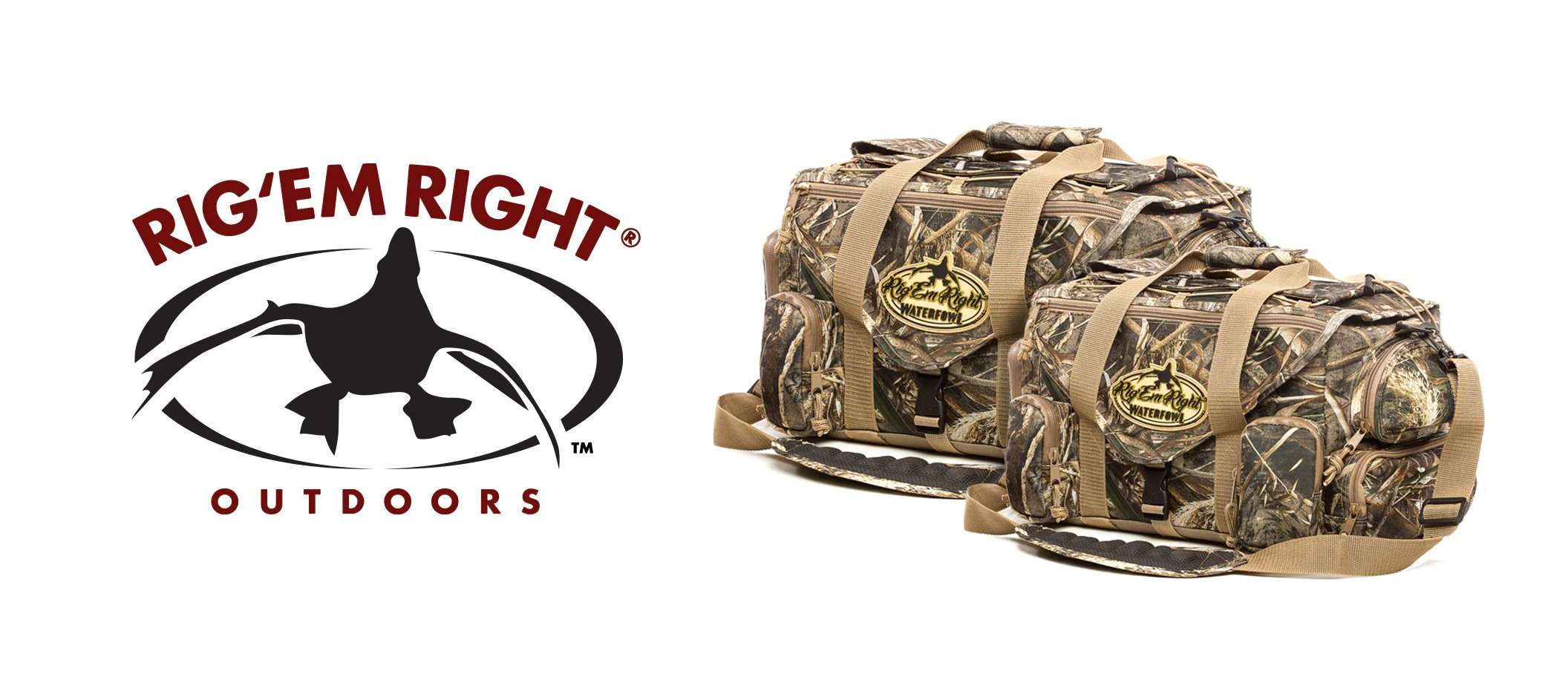Science has narrowed down the factors that turn beautiful racks into mangled messes
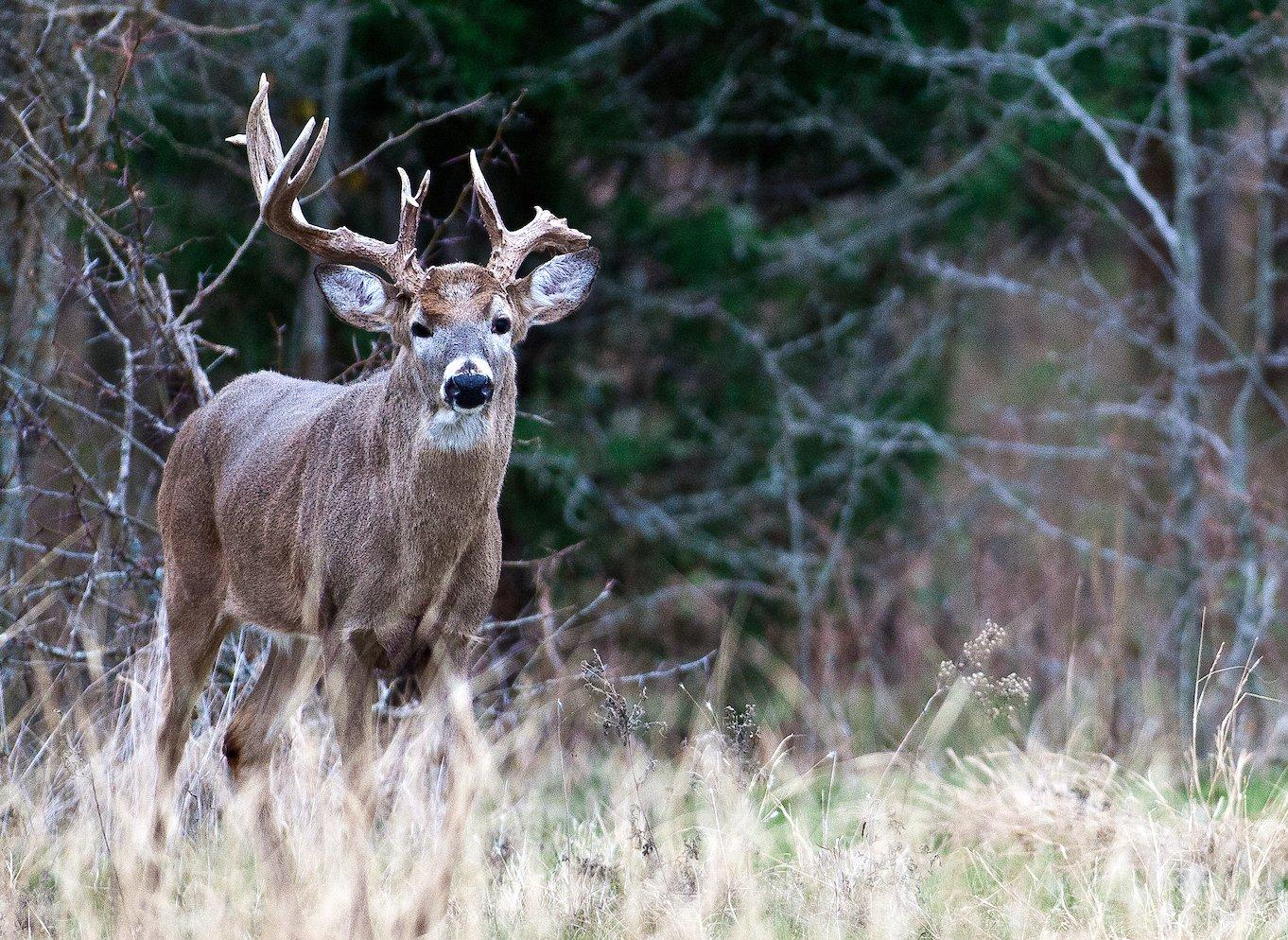
Broken antlers are common with whitetails. Hunters must learn to deal with that. Image by Russell Graves
Every fall, you have that monster target buck on camera. His rack is glorious and shiny the first few weeks. And then, a tine disappears. Then another. Just before the rut, a left beam shears off. He’s busted to heck — and your dreams with it.
Why do some deer seem to break their antlers when others don’t? There are many potential reasons. Of course, antlers are composed of various elements, with nutrients, minerals, and vitamins factoring into the makeup. Even so, some bucks — and even certain states or regions — seem more prone to breakage than others. What gives?
The National Deer Association reports on a lot of top-shelf research. Like others, the group has delved into the topic of broken antlers and revealed interesting trends.
Gabe Karns conducted part of his Ph.D. research at Auburn University’s Deer Lab. He collected more than 900 antlers from a high-fenced research site. For the study, he used only left antlers in the sample size. Interestingly, his research — and that of others — reveal reasons why some bucks break but others don’t.
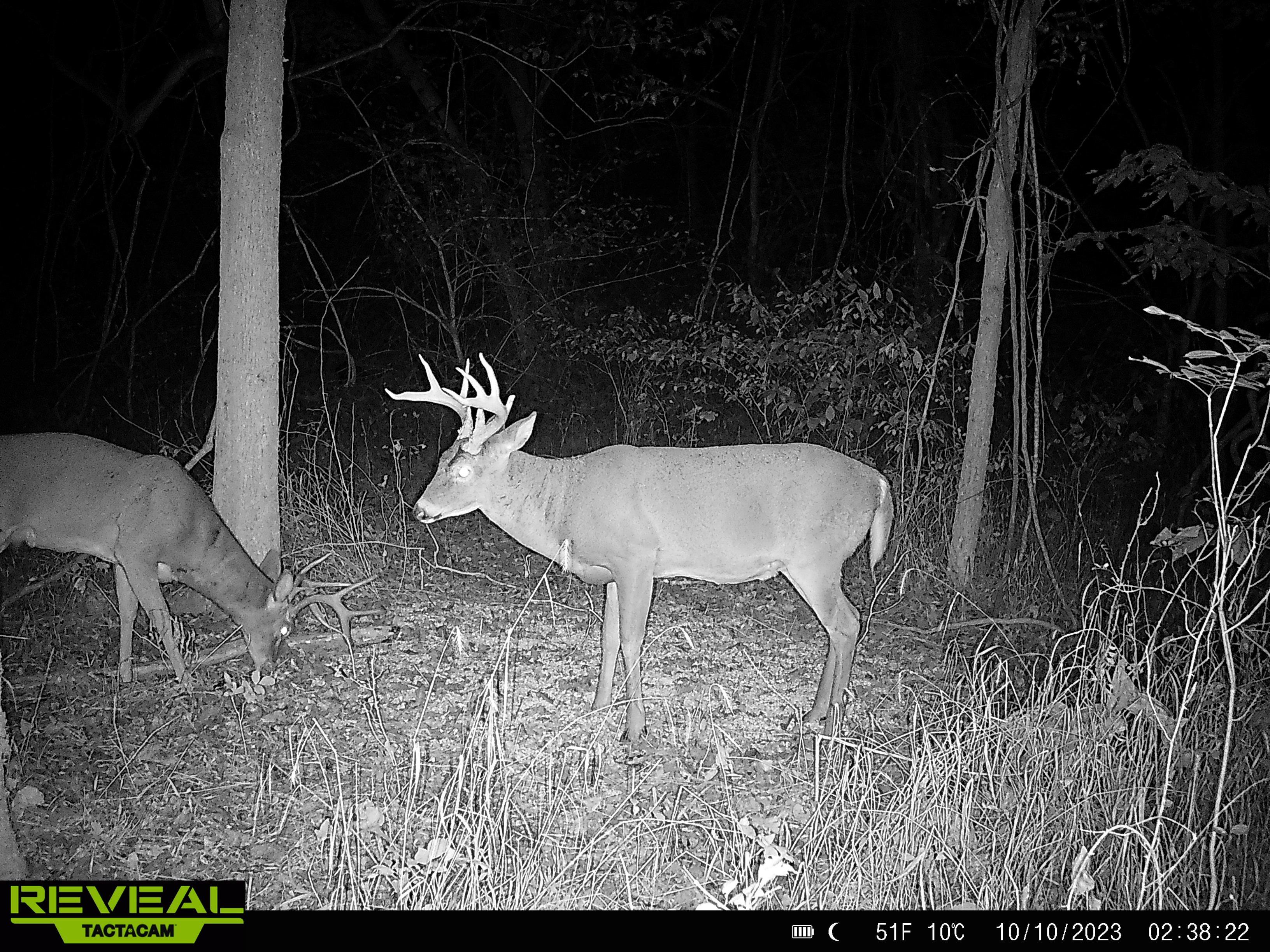
The author has had this buck on camera for three years. Each year, he breaks at least a tine or two. Last season, he snapped off an entire beam. Image by Josh Honeycutt
Some of the findings include:
Better nutrition improves buck health and reduces the odds of antler breakage. Poorer nutrition accomplishes the opposite.
Better soil quality provides the needed nutrients and minerals that can decrease likelihood of breakage. Even parts of the country that grow big racks don’t necessary offer all the components needed to grow strong antlers.
Damage during the growing phase can create the appearance of breakage during the hard-antler phase.
Deer that put more energy into rubbing are more likely to snap off their brow tines.
The porous bone in the middle of the antler increases as antler mass increases, which helps absorb blows. Therefore, more mass decreases the odds of breakage.
Light mass and a high number of antler points produces a great chance of breakage.
Whitetails with a tendency to fight experience more encounters that could produce potential breakage.
Deer herds with better buck-to-doe ratios experience more fighting and, thus, more opportunities to break antlers.
Interestingly, according to Karns, the brow tine is the most likely to break, followed by the G3, G4, G2, and main beam (respectively). About 30% of left antlers examined in the study broke. Extrapolating the data, slightly more than half of all bucks break at least a part of their rack before casting a set of antlers.
How do these revelations affect hunters? They don’t, really. Sure, where legal, you might offer minerals and protein to boost health within the herd. Otherwise, there isn’t much you can do about antler breakage.
My advice? If you’re hunting a Booner with a history of breaking his antlers, consider killing that joker before he starts bashing skulls with rival bucks. Of course, that time is nearly upon us — if it isn’t here already.
For more interesting data, check out the complete findings of Karns’ research. There are even more shocking revelations in his deep dive into busted-up deer antlers.
Don’t Miss: 81 WAYS TO FAIL AT DEER HUNTING


